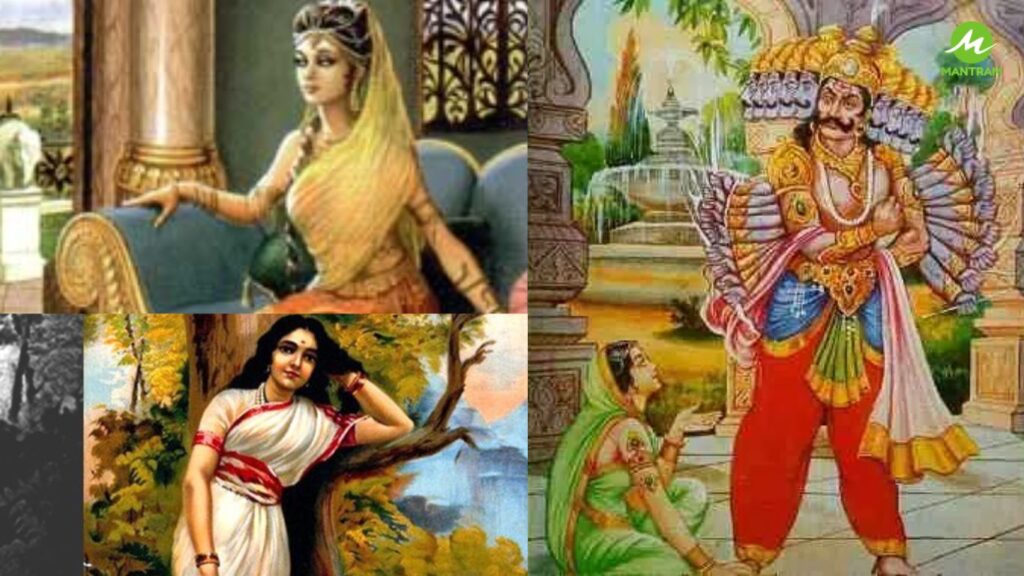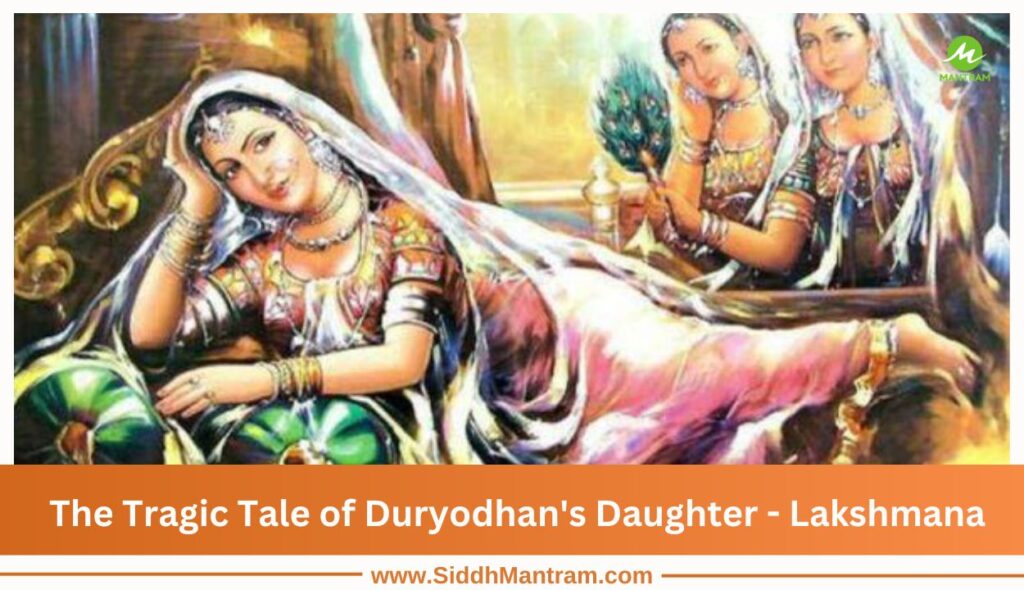Shri Kakbhushundi, a sage mentioned in Hindu scriptures like the Ramayana and Ramcharitmanas, is well-known for his appearance resembling a crow.
This unique aspect of his character sparks curiosity among devotees, as it seems mysterious for a human figure to have such a resemblance.
Kakbhushundi, meaning “Crow with Golden Plumage” in Sanskrit, is a key figure in Hindu mythology. Renowned for his wisdom, intelligence, and devotion, Kakbhushundi holds a special place in Hindu mythology.
Kakbhusundi is exceptionally long-lived, surpassing both humans and gods in longevity. Among birds, he is unmatched in age, and it is doubtful whether there may be another as old as he in times to come.
The Story of Kakbhushundi
Kakbhushundi, whose name means “Crow King,” is a character from Hindu mythology, featured in the epic Ramayana.
He was once the mighty sage Garuda, known as the mount of Lord Vishnu. Due to his arrogance, Garuda was cursed by Vishnu to be reborn as a crow, thus becoming Kakbhushundi.
Also Read- Exploring the Virtues of Lord Rama:16 Qualities, Principles of Life and Significance
During Lord Rama’s exile, Kakbhushundi witnessed key events of the Ramayana, such as Rama’s journey to the forest, encounters with sages and demons, and the kidnapping of Sita by Ravana.
Despite his humble appearance as a crow, Kakbhushundi possessed immense wisdom and spirituality, able to predict future events and understand deep truths about the nature and universe.
An important episode involves Kakbhushundi meeting Garuda, his former self, who still held a grudge against Vishnu.
However, Kakbhushundi, in his crow form, imparted wisdom to Garuda, teaching him the importance of surrendering to divine will.
How many Time Kakbhushundi Watch Ramayana and Mahabharata?
According to the Vedas and Puranas, Kakbhushundi is said to have witnessed 11 Ramayanas and 16 Mahabharatas. He will remain in his eternal form until the end of the Kalpa. Kakbhushundi was granted immortality by Lord Rama.
In one account, during his manifestation as a crow, Kakbhushundi encountered the young Rama.
While playing, Rama tried to catch Kakbhushundi, who, upon seeing the divine face of the Lord, beheld the entire cosmos within his mouth. Moved by this vision, Kakbhushundi ceased flying away and returned to Lord Rama.
Apologizing to Jagannath for not recognizing Lord Rama earlier, Kakbhushundi expressed his desire to worship him eternally.
In response, Lord Rama, pleased by Kakbhushundi’s devotion, blessed him, ensuring that time (Kaal) could not claim his life, and he would live until the end of the current Kalpa.
This state of eternal bliss attained by the saint is referred to as “Kakbhushundi Time Travel”.
Powers of Kakbhushundi
Kakbhushundi, a figure from the Yogavashishtha. One of the most remarkable powers is his ability to live for millions of years. Throughout his long life, he observed the rise and fall of numerous civilizations, showcasing his remarkable power to endure through time.
Kakbhushunda reached a state of total detachment, free from worldly desires and attachments. He had the remarkable power to see beyond illusions and understand things as they truly are.
With illusion, he could see the past, present, and future, gaining profound insights into the nature of reality and the universe’s workings.
Kakbhushunda had an extraordinary power to change his appearance. He could become anyone or anything he wanted and could be in several locations at once. He could also levitate and move through space and time effortlessly.
Also, Explore- What Happen to Bhanumati, Mandodari, and Other Women from History After their Husband’s Death?
Hindu Mythological Events Described by Kakbhushundi
Once, Sage Vashishtha asked Kakbhushundi if you have witnessed countless transformations in the world, having experienced all things through the cycle of creations across different Kalpas and ages. Wise one, could you kindly elucidate these experiences in detail?
- The overthrow of Tripura by Shiva: Shiva, with the help of Vishnu, defeated three demon brothers who had created three powerful cities. This signifies the triumph of good over evil.
- The embarrassment of Daksha’s Ceremony: Daksha, who excluded Shiva from a grand sacrifice, faced humiliation when Shiva’s wrath caused chaos, including the severing of Daksha’s head. It illustrates the consequences of arrogance and disrespect.
- The downfall of 10 Indras by Shiva: Shiva taught humility to multiple Indras (rulers of the gods) who became arrogant due to their power. It emphasizes the transient nature of power and the importance of humility.
- Battles between Vishnu and Shiva: Vishnu and Shiva engaged in conflicts but ultimately recognized each other’s supremacy, highlighting the harmony within the Hindu pantheon despite occasional conflicts.
- Appearance of Jvaras in Conflicts: Epidemics and illnesses often coincide with periods of war and conflict, reflecting the broader idea of suffering accompanying strife.
- Evolution of Human Intellect: Kakbhusundi observes the evolving intellect of humanity across ages, suggesting a belief in progress and change over time.
- Various Readings of Vedas: Religious ceremonies and rituals involve the recitation of Vedas, showcasing the significance of tradition and spiritual practices in Hindu culture.
- Vishnu’s Descents: Vishnu descends to Earth multiple times, including incarnations like Rama and Narasimha, symbolizing his role in maintaining cosmic order and defeating evil forces.
- Vishnu’s 16th Incarnation (Kalki): It is believed that Vishnu will appear as Kalki in his 16th incarnation to restore righteousness and bring an end to the current age of darkness and decline.
Kakbhushundi Time Travel
The story of Kakbhushundi’s time travel is primarily found in the Ramayana, an ancient Hindu epic attributed to the sage Valmiki. Kakbhushundi’s narrative is a part of the larger Ramayana, which recounts the life and adventures of Lord Rama, an avatar of the god Vishnu.
Throughout his travels, Kakbhushundi witnessed the rise and fall of civilizations, encountered gods, demons, and sages, and learned profound truths about the universe.
He shared his wisdom with others, including Lord Rama’s brother, Laxmana, during their exile in the forest.
Is Kakabhushundi Still Alive?
In Hindu stories, Kakabhushundi is one of the Chiranjivis, who are believed to live forever on Earth until the end of the current era called Kali Yuga. He’s known for his deep faith and never-ending presence.
The Symbolism of Kakbhushundi Crow Form
The crow form of Kakbhushundi holds a lot of meaning in Hindu beliefs. In Hinduism, crows have both good and bad meanings. They are linked to gods like Lord Shani, who is in charge of justice and karma, but they are also seen as symbols of darkness and impurity.
When Kakbhushundi becomes a crow, it’s like a big change for him. Being a crow is usually seen as not so great, but Kakbhushundi teaches us something important.
He shows us that even if we feel limited or stuck, we can still grow and become better through our spiritual journey. So, his transformation into a crow is like a message that we can overcome difficulties and find enlightenment no matter what our outer appearance might be.
Kakbhushundi’s story reminds us that what we look like on the outside doesn’t define who we are on the inside. It’s like saying that deep down, everyone has something special and divine within them.
So, Kakbhushundi’s crow form is a reminder that our true selves are beyond our physical appearance, and we all have the potential to become something greater through spiritual growth.
Kakbhushundi, beyond being a crow, is believed to have transformed into various animals like a fish, a tortoise, and even a human. These changes show how flexible and adaptable he was, and they also reflect his deep understanding of how all life forms are interconnected.
Conclusion
The story of Kakbhushundi and his journey of witnessing the Mahabharat 16 times highlights the power of knowledge, perseverance, and devotion.
Through his unwavering dedication to learning and understanding the epic, Kakbhushundi teaches us the importance of lifelong learning and spiritual growth.



